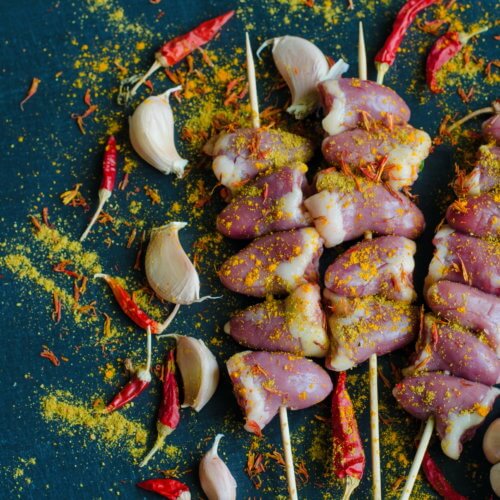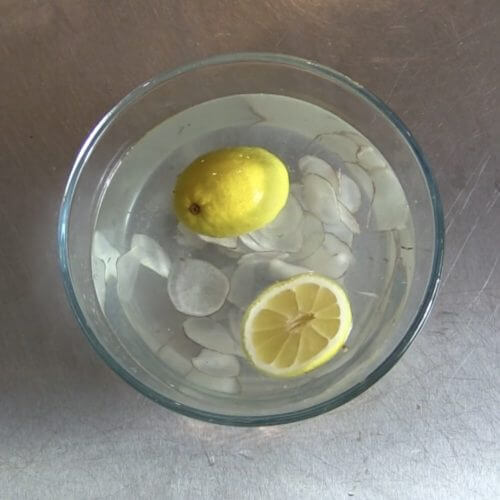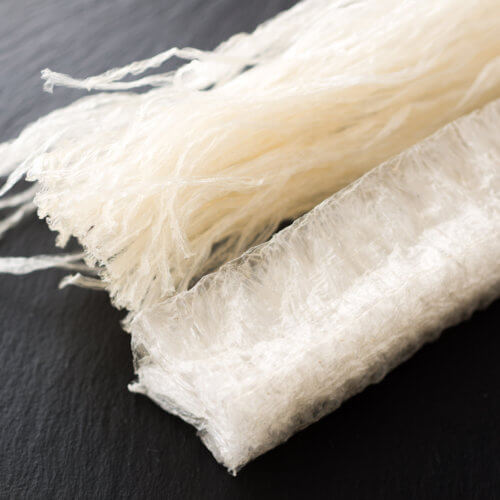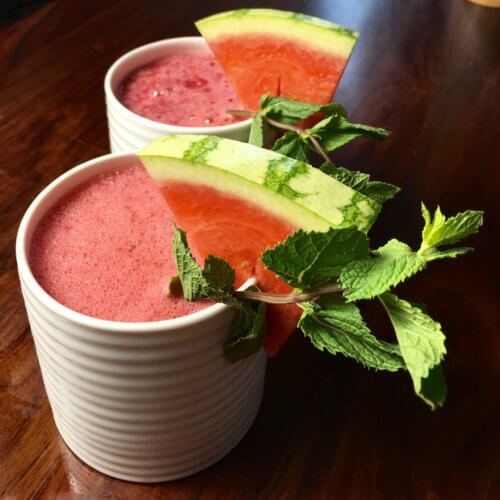Aquafaba seems to be a very recent discovery, and the word itself was only added to the Oxford English Dictionary in 2016.
‘Aqua’ and ‘faba’ are simply Latin for ‘water’ and ‘beans’, because there are lots of legumes which will leave proteins behind when cooked in water. Chickpeas are just the most commonly used.
One of the hardest things to mimic or replace is egg, whose unique, protein-rich composition is essential for things like cakes, batters, soufflés, meringues and so on.
However, the individual properties of egg can be mimicked to some extent by some foodstuffs like tofu, chia seeds, and aquafaba. It is the water leftover from canned (or just cooked) chickpeas.
Aquafaba is typically around one percent protein, which doesn’t sound like much but is enough to create a stable structure when whisked. Protein strands are tightly coiled, but whisking like this forces them to unravel and form a sort of molecular lattice; a process called denaturing. As the liquid gains structure it’s being simultaneously aerated, which eventually results in countless tiny bubbles of air, suspended within that lattice. In a nutshell, this is how its protein content allows aquafaba to mimic the behaviour of egg white.
Aquafaba is extremely useful, and not just as a substitute, but as a foodstuff in its own right. And it’s not just good for making mousses; it can also be used to make decent egg-free pancakes, meringues, macarons and even mayonnaise. It’s definitely a trick worth knowing.



